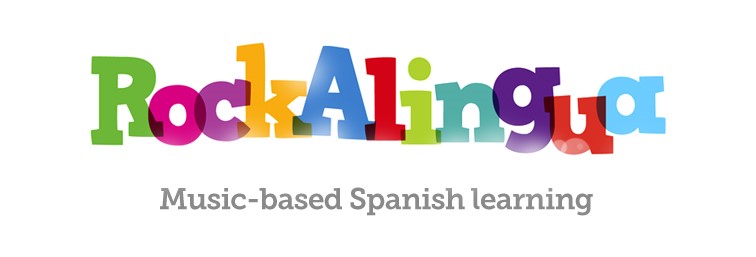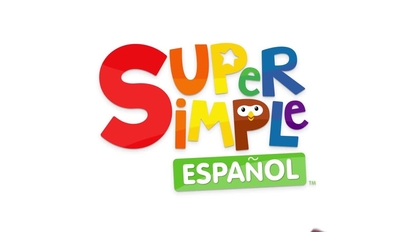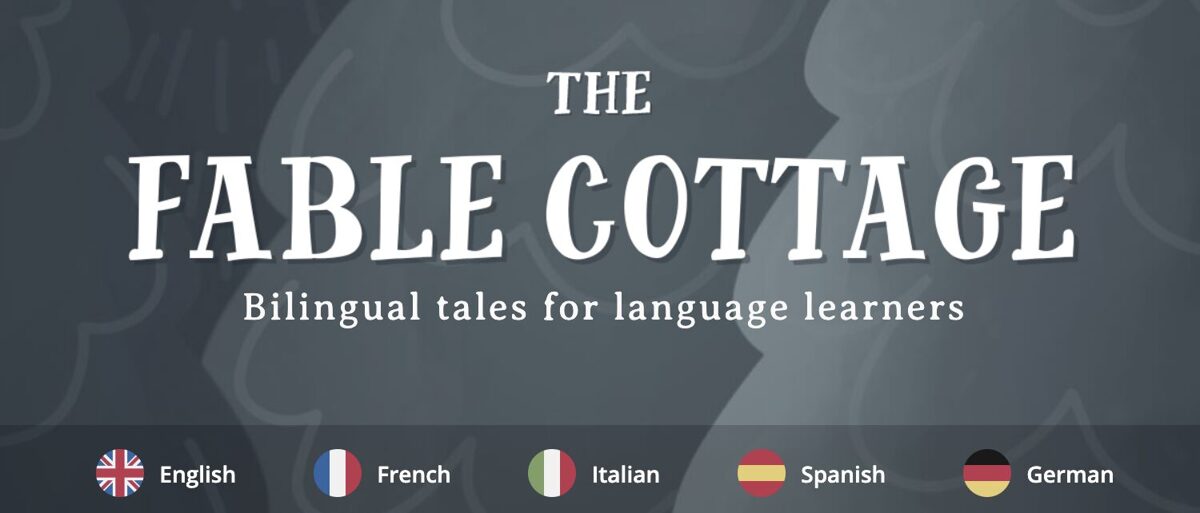 Bartolo
Bartolo
Description:
Podcasts with stories, fables, poems and biographies are narrated by Bartolo, a Chilean dog. The site also has videos and games involving Bartolo.
Storyplace Library
Description:
This site provides books, activities, and helpful lists.
Activity Ideas:
Based on the story “La mascota perfecta”
Interpretive: Students listen to the story and need to match the picture of the animal with the adjectives that describe them.
Interpersonal: The same cards are distributed and students need to find the adjective that describes their animal or the animal that goes with their adjective. They then need to report out to the teacher and put the two words together “conejo miedoso”. The teacher could also write an original TPR story or Guion series where students are encouraged to act it out.
Presentational: Students need to draw or find a picture of their ideal pet and write both the Spanish word and an adjective that describes it. They could also create a book all about a pet modeled after the books created on: http://www.makingbooks.com/whoami.shtml
PBS Learning Media
Description:
Explore the Spanish language and Spanish language culture with videos, audio clips, lesson plans, and more.Adivina
Description:
A wonderful video library that includes 300 videos of children describing everyday objects. The children typically provide 30-45 seconds of clues and then the target word is displayed at the end of the video.
Activity Ideas:
Interpretive: Students are given a worksheet to put six descriptions in order to match the videos they see as well as to add one more line of description to each of the six descriptions viewed in class. A simpler version of this would be to include pictures with descriptions and have students label them with the number of video played. For example, after viewing the first video (#300 on website), they may circle “Te puedes duchar” (with a picture of a shower) and label it #1.
Interpersonal: “Clue” words from Adivina are written on post-it notes and are placed on the backs of students. Other students give simple sentence clues (one per person) until each student discovers their post-it identity.
Presentational: Students create their own riddle book. Each page includes a clue about the object being described. At the end of the book, the object is revealed. For example: a) They are a fruit b) They are yellow c) Monkeys eat them d) They are sweet. The class can later exchange and read each other's book working on circumlocution and predicting.
Fluent Key
Description:
Many interactive children's videos. Videos can be searched by proficiency level, category, theme, or length. Teachers can assign these videos to their class.Description:
The videos on this YouTube collection provide music and dancing to learn language.
 Mama Lisa's World
Mama Lisa's World
Description:
Children's songs from around the world as well as nursery rhymes.
Activity Ideas:
Interpretive: Teacher could create bingo sheets with titles of common songs along with a picture. The teacher plays song clip and students mark off square with X if have it.
Interpersonal: Students receive the lyrics in Spanish and English but with keywords missing. Their partner must help them fill in the lyrics using pictures of the keywords. They then listen to the song to check their answers.
Presentational: After listening to a song in Spanish, students receive both the Spanish and English text. They then need to make a large illustration of a portion of the song to present to classmates as the song plays.

Rockalingua
Description:
This website offers free songs, videos, worksheets, and games to learn everyday themes like greetings, weather, clean-up, and numbers.
Activity Ideas:
Interpretive: Try a vanishing cloze activity where the lyrics to the song are written on the board. The song is read aloud. Then one or two words are erased and the lyrics are read again. Continue until all of the words are erased and the song is memorized.
Interpersonal: Each song on the website is accompanied with lyrics and illustrations. Before class, the teacher prepares two different lyric sheets for an information gap. Sheet A has half of the pictures and lyrics and Sheet B has the other half. Students receive sheet A or sheet B. In pairs, they must work together to complete the entire song. They can read or sing the song to their partner.
Presentational: Students listen to two or three songs and study the lyrics and illustrations. Then, give a familiar tune (e.g. Old McDonald had a farm) the students are asked to create their own song related to the theme of the unit. After feedback and polishing, the songs are presented to the class.

Paka paka
Description:
A collection of many different resources for kids. Several different series of videos are provided including animated programs and non-animated programs. Amazing audio files include stories, tongue-twisters and songs. These can all be downloaded. The site also has fun games and apps for kids.
Activity Ideas:
Interpretive: A series of images from one of the videos are screen-captured and then given to students. After watching the video, students order the images in chronological order and then respond to a series of yes/no questions about what's happening in the images. For example, Is the boy cooking?, Are they having fun?
Interpersonal: Students form a circle. After watching one of the video shorts, students can be asked to summarize the movie or to predict what happens after the movies ends. Student A begins by beginning a sentence like Había una vez una chica….then passes the story with a gesture of her arm to another student in the circle. Student B must continue the story…”que iba a los parques todos los días”. Then Student B passes the story to the next student.
Presentational: Students watch one of the videos (Mi familia--Cap. 11) Then, using the website http://www.makebeliefscomix.com/ students are asked to either add three extended scenes or to summarize the moral of the video in comic book form with their own dialogue/thought bubbles.
 Google Earth
Google Earth
Description:
Google Earth provides a view from space and the atmosphere of the earth. This instrument uses longitudinal and latitudinal coordinates. The zoom
feature allows the viewer to see various details of a city or location.
Activity Ideas:
Interpretive: Students can look at map, find and
examine a Spanish-speaking city. They answer questions about the geography,
city layout, and green space. Based on their findings they will make inferences
on what type of city it is.
Interpersonal: Students ask and answer questions to classmates about a
city (the city could be teacher-assigned, the city they currently live in, one
they visited or one they created).
Presentational: Students can create their own city based on what they have
viewed.

Description:
This is a great collection of songs and videos geared toward the younger learner.

The Fable Cottage

Mustard Seed Books
Description:
Books designed for beginning readers are free on the site and are also all available in a folder on Google Drive.

Digital Dialects
Description:
Digital flashcards and lists of words help students learn vocabulary, hear vocabulary and then identify the words in a quiz. Grammar topics are also explained.



